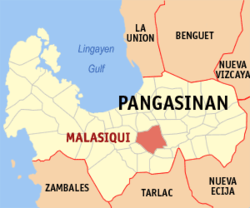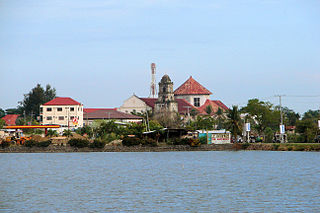
Binmaley, officially the Municipality of Binmaley, is a 1st class municipality in the province of Pangasinan, Philippines. According to the 2020 census, it has a population of 86,881 people.
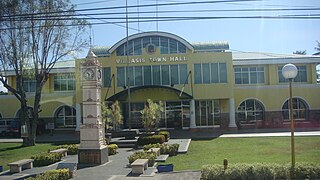
Villasis, officially the Municipality of Villasis, is a 1st class municipality in the province of Pangasinan, Philippines. According to the 2020 census, it has a population of 65,047 people.

Burgos, officially the Municipality of Burgos, is a 5th class municipality in the province of Ilocos Norte, Philippines. According to the 2020 census, it has a population of 10,759 people.

Currimao, officially the Municipality of Currimao, is a 4th class municipality in the province of Ilocos Norte, Philippines. According to the 2020 census, it has a population of 12,215 people.

Burgos, officially the Municipality of Burgos is a 4th class municipality in the province of Ilocos Sur, Philippines. According to the 2020 census, it has a population of 12,793 people.

Salcedo, officially the Municipality of Salcedo, is a 4th class municipality in the province of Ilocos Sur, Philippines. According to the 2020 census, it has a population of 11,110 people.

Sinait, officially the Municipality of Sinait, is a 3rd class municipality in the province of Ilocos Sur, Philippines. According to the 2020 census, it has a population of 25,998 people.

Asingan, officially the Municipality of Asingan, is a 2nd class municipality in the province of Pangasinan, Philippines. According to the 2020 census, it has a population of 57,811 people.

Balungao, officially the Municipality of Balungao, is a 4th class municipality in the province of Pangasinan, Philippines. According to the 2020 census, it has a population of 30,004 people.

Bani, officially the Municipality of Bani, is a 2nd class municipality in the province of Pangasinan, Philippines. According to the 2020 census, it has a population of 52,603 people.
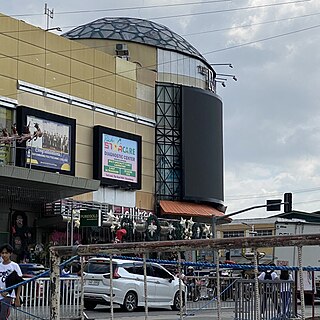
Bayambang, officially the Municipality of Bayambang, is a 1st class municipality in the province of Pangasinan, Philippines. According to the 2020 census it has a population of 129,011.

Calasiao, officially the Municipality of Calasiao, is a 1st class municipality in the province of Pangasinan, Philippines. According to the 2020 census, it has a population of 100,471 people.

Infanta, officially the Municipality of Infanta, is a 3rd class municipality in the province of Pangasinan, Philippines. According to the 2020 census, it has a population of 26,242 people.

Laoac, officially the Municipality of Laoac, is a 4th class municipality in the province of Pangasinan, Philippines. According to the 2020 census, it has a population of 34,128 people.
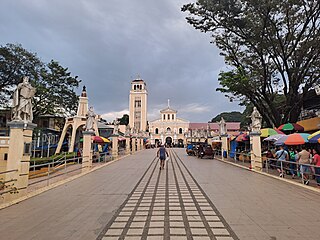
Manaoag, officially the Municipality of Manaoag, is a 1st class municipality in the province of Pangasinan, Philippines. According to the 2020 census, it has a population of 76,045 people.

San Quintin, officially the Municipality of San Quintin, is a 3rd class municipality in the province of Pangasinan, Philippines. According to the 2020 census, it has a population of 33,980 people.

Santa Barbara, officially the Municipality of Santa Barbara, is a 1st class municipality in the province of Pangasinan, Philippines. According to the 2020 census, it has a population of 92,187 people.

Sual, officially the Municipality of Sual, is a 1st class municipality in the province of Pangasinan, Philippines. According to the 2020 census, it has a population of 39,091 people.

Umingan, officially the Municipality of Umingan, is a 1st class municipality in the province of Pangasinan, Philippines. According to the 2020 census, it has a population of 77,074 people.
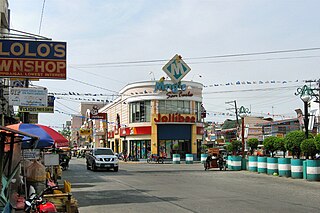
San Carlos City, officially the City of San Carlos, is a 3rd class component city in the province of Pangasinan, Philippines. According to the 2020 census, it has a population of 205,424 people. It is the most populated city in Pangasinan and the entire Ilocos Region.

